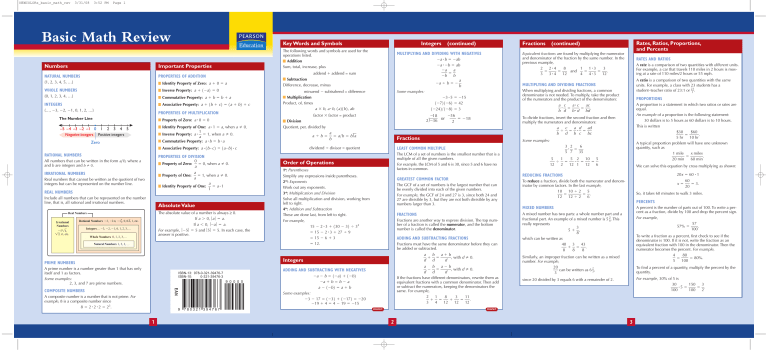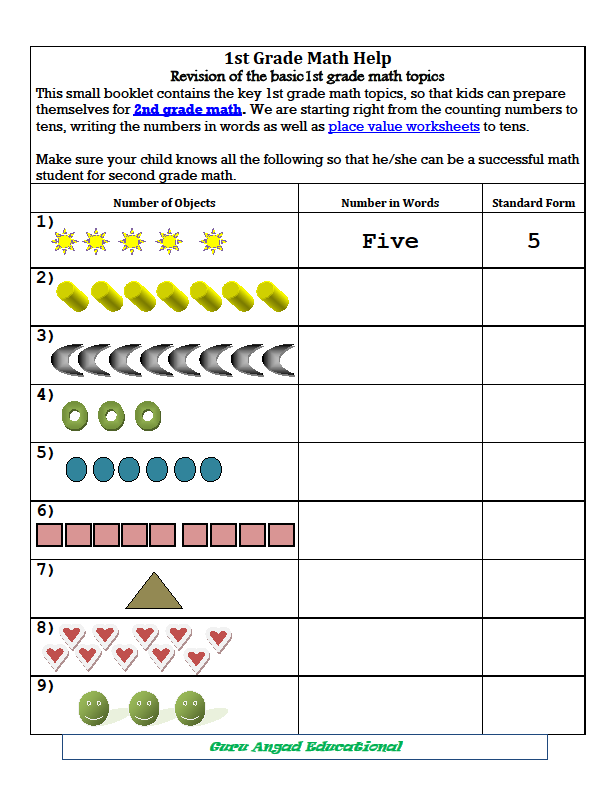

But there’s a downside: avoiding algebra and analysis means that one must often replace a more structural proof by a more elementary one based on some ingenious trick. This is not wrong: it exposes students to some beautiful mathematics that is nevertheless within their reach. In American universities, elementary number theory tends to be taught to students earlier in their mathematical career, using mostly elementary methods. Most of all, Flath has good mathematical taste: the material he covers is beautiful and definitely worth learning. I have often found that Flath’s account of some topic is easier to understand than others. There are many good problems, some of them quite difficult.
#Basic number theory review series
The language of abstract algebra is used throughout, as are series expansions and elementary real analysis. By the end of the book we are studying the group of classes of binary quadratic forms and genus theory. The proof given is Gauss’s first the proof using Gauss’s Lemma that typically appears in undergraduate textbooks (but done better than usually) follows in the next section. Quadratic reciprocity is proved on page 77. But the pace is very fast: by page 34 we are talking of Gaussian integers and Minkowski’s theorem (in two dimensions) is on page 48.

The book is an introduction, starting with the usual material: primes, unique factorization, linear diophantine equations, integers modulo m. This allowed him to assume much more mathematical maturity than in the typical American undergraduate course in number theory, and he decided to teach a course inspired by Gauss’s Disquitiones Arithmeticae and especially the theory of binary quadratic forms developed there. He often has.Īs Flath explains in the introduction, the book was born when he was asked to teach a number theory course for senior undergraduates in Singapore. And sometimes, when I’m unhappy with the proof in our textbook, I will check to see if Flath has found the “right” proof. I use it as a source for ideas, examples, and problems. I may never have the chance to use it as a textbook, but it sits on a nearby shelf every time I teach number theory. 1 also include two proofs of the functional equation for the zeta function, to acquaint the reader with different techniques (in some sense equivalent, but in another sense, suggestive of very different moods).I really like this book. Stylistically, 1 have intermingled the ideal and idelic approaches without prejudice for either. There is much to be said for a direct global approach to number fields. For a more complete treatment of these, cf. The point of view taken here is principally global, and we deal with local fields only incidentally. Old, and seemingly isolated special cases have continuously acquired renewed significance, often after half a century or more. It seems that over the years, everything that has been done has proved useful, theo retically or as examples, for the further development of the theory. For different points of view, the reader is encouraged to read the collec tion of papers from the Brighton Symposium (edited by Cassels-Frohlich), the Artin-Tate notes on class field theory, Weil's book on Basic Number Theory, Borevich-Shafarevich's Number Theory, and also older books like those of W eber, Hasse, Hecke, and Hilbert's Zahlbericht. the class field theory on which 1 make further comments at the appropriate place later. The present book gives an exposition of the classical basic algebraic and analytic number theory and supersedes my Algebraic Numbers, including much more material, e.


 0 kommentar(er)
0 kommentar(er)
